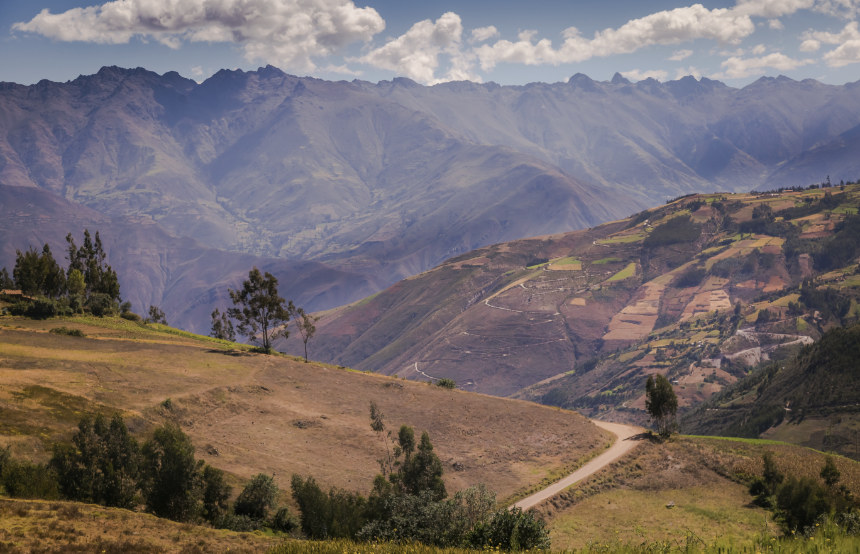Machu Picchu and the Inca Trail are the undisputed king and queen on Peru’s chessboard of attractions. Elusive yet ubiquitous, scores of travellers are compelled annually to embark along the well-trodden pilgrimage route in search of the sought-after Incan city. Sadly, the ancient site’s long-standing popularity means that it’s now listed as endangered by UNESCO and visitor numbers have been restricted in an effort to preserve the delicate ruins. Fortunately, for those who prefer to forge their own path, the Peruvian Andes remain laced with myriad other trekking routes, some of which will deliver you to alternative (but equally fascinating) Incan sites. While there’s no doubt that the Inca Trail will remain a commonplace bucket-list addition, these lesser-known Peru treks are also worthy contenders…
Choquequirao Trek
Affectionately nicknamed ‘Machu Picchu’s little sister’, the Choquequirao Archeological Complex is a highlight of this four-day trek, which begins in the quaint town of Cachora and takes you through the Vilcabamba mountain range. Believed to have been built around the same time as its sibling, the site served as one of the last strongholds of the Incas during the 16th century. If this were a popularity contest, then Machu Picchu would undoubtedly be crowned winner, but in this case Choquequirao’s relative anonymity works in its favour. Receiving around 20 visitors each day (compared to Machu Picchu’s 3,300), its archaic aqueducts, terraces and temples can be appreciated in solitude and you won’t be competing with throngs of tourists during the trek for a snap-worthy moment.
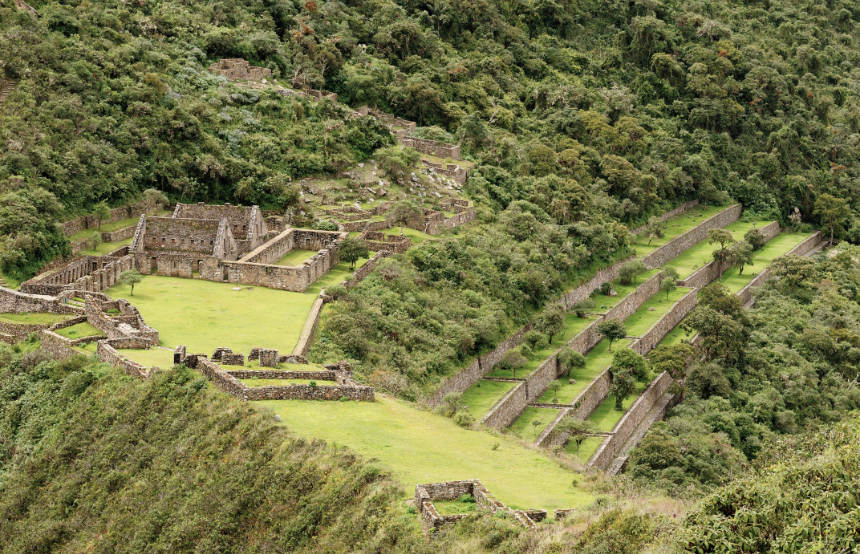
Salkantay Trail
A slightly off-piste alternative to the Inca Trail, the 46-mile long Salkantay trek also concludes at Machu Picchu. Snaking through the mountains at a higher altitude (around 15,000ft above sea level), the route was chosen by spiritual leaders who felt that the higher elevation brought them ‘closer to god.’ This Peru trek commences in the Sacred Valley and takes five days to reach the Incan citadel, with scenery along the way ranging from tropical Andean forest and glacial lakes to the vibrant turquoise waters of the Humantay Lagoon. It is more challenging than the Inca Trail due to its higher altitude, but the variety of landscapes you’ll roam through makes it worth every (hiking pole-assisted) step.
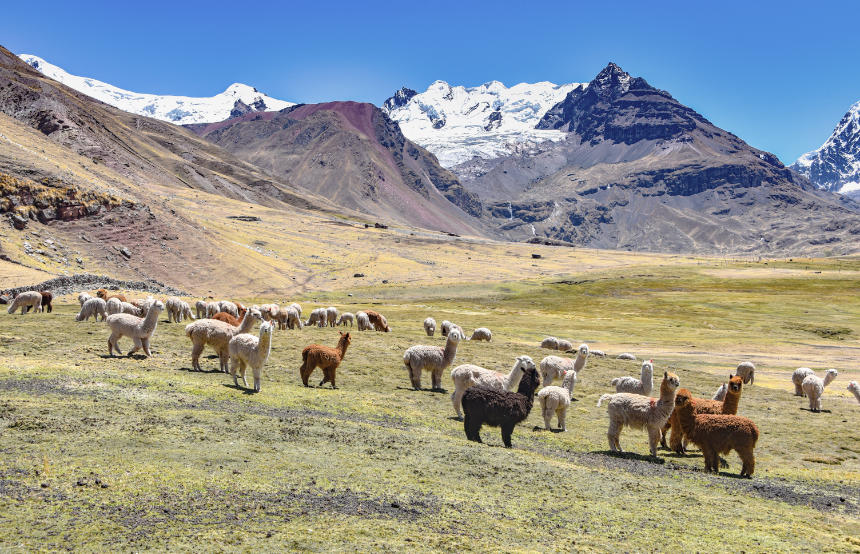
Lares Trek
Taking a total of three days to complete, the Lares Trek is a shorter (but still sweet) alternative to the other Peru treks on this list. Starting outside of Cusco, near the village of Lares, the trek involves navigating through the eastern part of the Urubamba mountain range and a section of the Sacred Valley, towards Machu Picchu. While the route doesn’t contain as many Incan ruins as the Salkantay or Inca Trails, it does offer a wonderful insight into local Quechuan life. Try your hand at traditional weaving in the village of Huacahuasi, peruse authentic handicrafts in Patacancha and bathe in the thermal baths of Aguas Calientes. As cliché as it may sound, this trek really is as much about the journey as the destination.
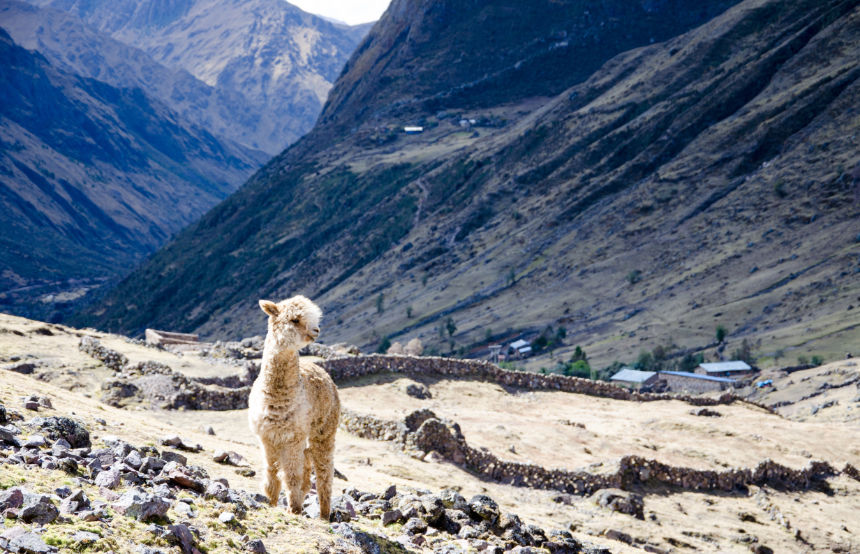
Huayhuash Circuit
Beginning in the city of Huaraz – the high-altitude capital of the Ancash Region – this seven-day mountainous circuit is one for seasoned trekkers in search of a challenge. The lofty heights of the Cordillera Blanca range are home to snow-capped peaks, rugged pathways and glistening lakes, as well as Peru’s tallest mountain, Huarascán. Pronounced why-wash, much of the trail travels above 13,000ft and features seven high mountain passes, as well as year-round wintery weather conditions. The trek’s lesser-known nature and remote location means your only company will likely be the Andean condors which soar overhead.
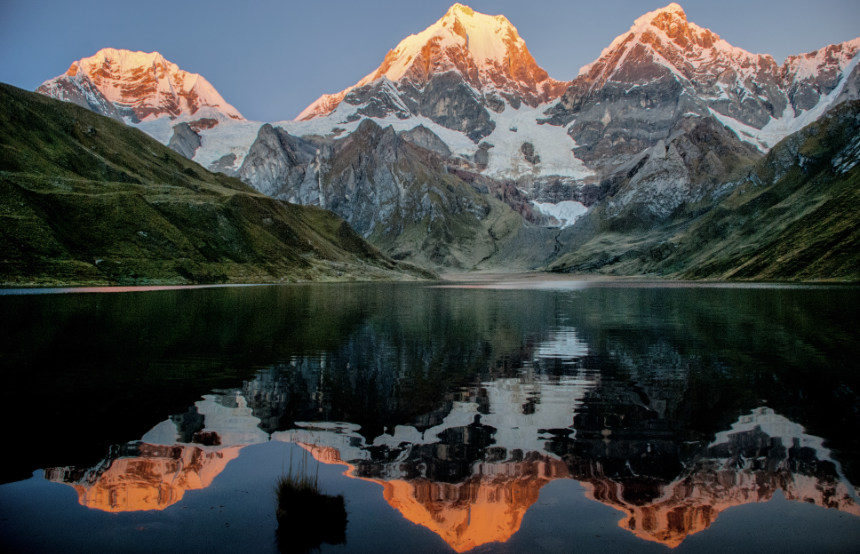
Gran Vilaya Trek
If solo travel is your thing, the Gran Vilaya route is another of Peru’s treks which remains off most travellers’ radars and can be undertaken with little interruption from tourist crowds. Ending at another ‘alternative’ Machu Picchu, the ancient Incan site of Kuélap is known as the ‘Machu Picchu of the North’. The trek can be completed in about four days and takes you through dense cloud forest, past archaeological discoveries and into the town of Chachapoyas in the Utcubamba Valley, regarded as the gateway to the ruins of Kuélap. Built by the Chachapoyas culture in the sixth century AD, the walled settlement acted as a political centre for this pre-Inca society, referred to as the ‘Warriors of the Clouds’.
Written by Luisa Watts
